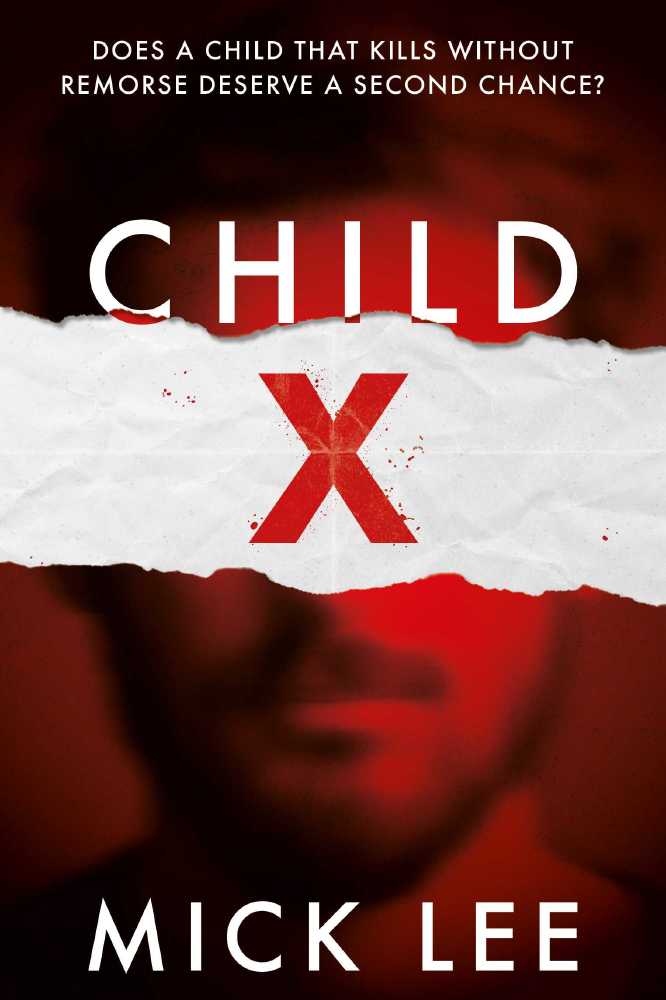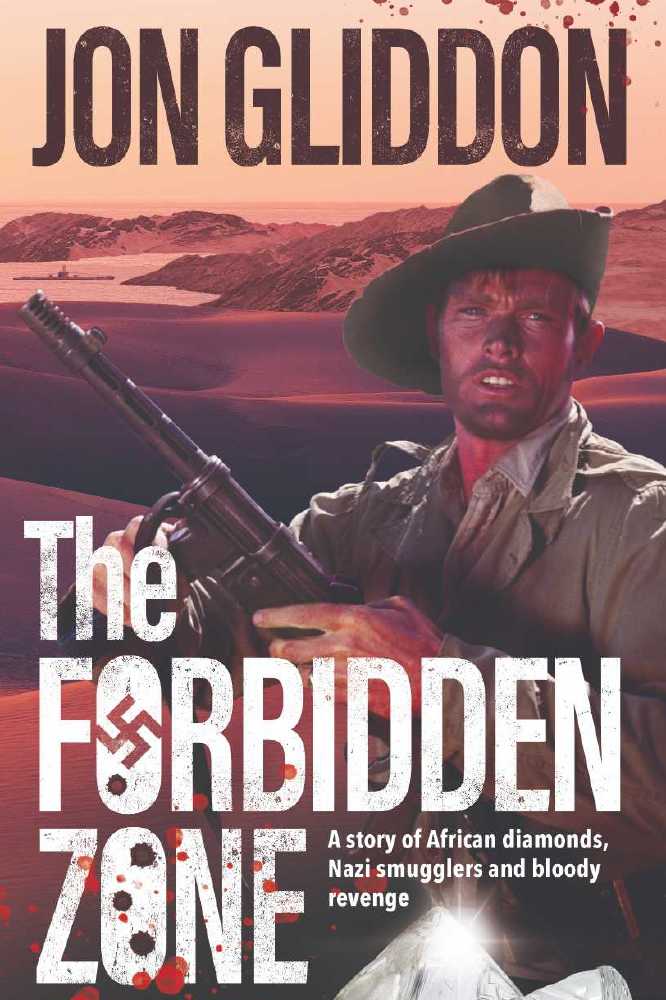Mick Lee, author of Child X shares the seven things he learned about crime writing during the process:

Child X
1. No subject is too difficult to cover when it comes to crime. Child X looks at the issue of juvenile criminal rehabilitation, and what happens to young criminals in later life. In this story, a child kills another child at the age of twelve. They are no doubts about his guilt, and there is no remorse. But what of the adult several years later? And how can this person gain redemption? When Child X grows up, he seeks separation from society, continues to punish himself, even though the analysts have deemed him rehabilitated. There are similarities with real life cases (the Bulger killers for instance) but arguably no subject should be taboo from being explored in a responsible way.
2. Crime writing does not have to be gruesome, full of gore. Many crime stories open with a nasty death, blood, guts, images designed to shock you and make you read on. This works for some, but it doesn’t have to be that way. The subject of Child X is a terrible crime, but there is no need to linger over the details for effect, as I feel some writers can do. Sometimes understated is better.
3. Moral dilemmas are central to crime stories. In Child X, a private investigator discovers he has a personal link to the killer, and this exacerbates his conundrum: does he expose the killer now he has grown up, to save his own skin; or offer someone the chance to continue their road to redemption? Who knows how we might react in his situation? Asking questions we can imagine facing ourselves makes a story more accessible.
4. Crime writing can take you to a dark place mentally and emotionally. Writing in any genre is by design an isolated experience, and if you spend all day thinking about dark subjects, you need a way to pull yourself out of it. Not that writers should be saying “woe is me” – lockdown has affected so many people. The secret I have found to separate myself from the subject matter is to have everyday pointers around you that ground you. Mine are photos of my wife and daughter on the wall in front of me. One glance, and you are pulled out of the darkness.
5. Women seem to be more open to protagonists of the opposite sex than men. There is much debate about this: people do tend to be drawn to protagonists that are like them; but you could also argue the gender of a character should make no difference. The reaction to the male characters in Child X has pleasantly surprised me – most women have warmed to Ray, the private investigator at the heart of the story; some even feel for the grown up child killer in hiding. The female characters, notably Lydia who is searching for a spectre from her own past, and the journalist Trish who wrote an unpublished book about Child X and his treatment, have been well received too!
6. Crime and crime stories can be complex – readers will keep up. Some writers cannot resist the temptation to dumb down a story. I accept that people want to switch their brain off sometimes, but I hope most readers want to be challenged – I certainly do in the stories I read. One of my favourite books recently was Marlon James’s “A brief history of seven killings” – it is partly written in Jamaican patois, contains a myriad of characters, but the reward for reading it through is immense. In Child X there are characters with assumed names and changes of identity, but I have been told the unravelling of the threads is one of the most appealing parts of the book.
7. There is a role for humour in crime writing. I am a huge fan of Kate Atkinson – whatever the subject, however dark, she finds humour in everyday parts of human life. Ray, my private investigator, is in a perilous situation – he owes thousands to some nasty men, and every penny he earns goes over the counter of his local bookmaker. But people can still root for what appear to be losers if they have a sense of humour about their situation, however dark.
Child X is a psychological thriller exploring the minds of killers and serial gamblers. It’s available from troubador.co.uk and all good bookshops.
RELATED: My favourite crime thrillers by Jon Gliddon, author of The Forbidden Zone
Of the 19 Ian Rankin novels, my favourite is Black and Blue. DI John Rebus is the hard drinking, heavy smoking Edinburgh detective who shows scant regard for his bosses. Often macabre and always sinister, the underworld characters are larger than life and leap from the pages. A serial killer operating in the 1960s was never caught. And then in the 1980s the killings start again. Rebus’s conduct has him removed from the enquiry, but he will not be brought to heel... to read more click HERE


